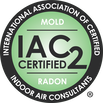Mike's Home Inspector BlogMichael Burfitt |
|
There are two main types of safety devices that inspectors look for: Arc-Fault Circuit Interrupters (AFCIs) and Ground Fault Circuit Interrupters (GFCIs). Both provide different types of protection: the AFCI generally protects against fire and the GFCI against electrocution. Arc Fault Circuit Interrupters AFCIs work by continuously monitoring the electrical waveform and promptly interrupting the circuit if a wave pattern that is characteristic of a dangerous arc that can cause a fire. The best way to think about them is like they are small lightning bolts. Much like lightning, arcs create a large amount of heat that can ignite a fire behind the walls of a home. AFCIs can be found in both the receptacles on the wall and inside the electrical panel. They can usually be identified with either the term “AFCI” written on them or by a white curly wire in the panel. Starting in 2002, bedrooms were required to have AFCI protection, and it has been expanded multiple times to include most electrical circuits. There are several exceptions that any licensed electrical contractor is aware of (such as bathrooms), and I won’t bore you with quoting the long and confusing Canadian Electric Code. Bottom line is that AFCIs are expensive but serve a valuable role in preventing electrical fires.
Ground Fault Circuit Interrupters GFCIs can look very similar to AFCIs (and to make it more confusing it is possible to have GFCI AND AFCI protection in the same area) but serve a different purpose. A GFCI looks for differences in current between the hot and neutral conductors. What exactly does that mean? If the current in the neutral is lower than the hot, it means electricity is travelling where it should not be going. Often this means it is passing through a human body. A GFCI detects this almost instantly and stops the circuit, potentially saving a life. The language surrounding where GFCIs are required is confusing but the simplest way to look at it is that any electrical outlets within 5-6 feet of a water source need GFCI protection. Water and electricity do not mix, and the combination can be fatal without the safety of a GFCI. An Important Note Home inspectors are not electricians or code compliance officers. While I have a working knowledge of electrical codes, I do not cite current codes in my reports. There are two reasons for this:
In other words, if the home predated AFCI and GFCI requirements you do not have to add them to be code compliant unless you perform major renovations. Having said all that, my focus is on safety, and regardless of what the codebooks say dangerous electrical currents do not care when your home was built. Therefore, I always recommend upgrading your electrical system to the latest safety requirements for you and your family’s protection. These two devices serve different purposes, but both are valuable safety features that should not be ignored. WARNING: Do NOT, under any circumstances attempt to remove or disassemble an electric service panel (even if switched off) as just one small mistake can be fatal! I am a trained and experienced professional and know my safe limits. Shortly after we moved into our house, we hired an electrician to do some upgrades and improvements. Like any curious home inspector, I couldn’t resist peeking at my panel before calling to see what exactly I was dealing with. As expected, I found no major issues that I typically look for such as double taps, aluminum branch wires or mixed neutral/ground bus bars. I couldn’t help but notice, however, the burn mark located on the bottom right of the panel. Simply put, this was almost certainly caused by an electrical arc. You might think that an arc is just a few sparks and a quick sizzle and is no big deal. This is incorrect: while a bigger risk lies in large industrial systems, residential electrical arcs can be very dangerous in many ways:
Heat An arc fault creates high temperatures and have been known to reach 19,000°C (or 35,000°F). That’s four times the temperature of the sun’s surface! This can not only melt steel (and damage the panel) but can easily cause a fire. Pressure Arc faults can create a pressure blast of about 2000 pascals per square inch (PSI). Translation: the corresponding arc blast can not only knock an adult to the ground but can shoot debris and cause trauma to anyone nearby. Sound and Light I know from firsthand experience an electrical arc is LOUD! How loud? The sound can go as high as 140 decibels, which is as loud as a gunshot. It also can create a flash of up to 13,000,000 lux (130 times brighter than direct sunlight) that can cause temporary or permanent vision loss. Luckily these extremes are generally only seen in larger, more industrial electrical setups but that doesn’t change the fact that residential electrical systems are dangerous and not to be messed with. The biggest concern with an arc fault as a homeowner is that it can cause a fire, not only in the main panel but behind the walls. This is one reason why in 1999 the United States followed by Canada in 2002 started requiring Arc Fault Circuit Interrupters (AFCIs). If I haven’t made clear enough, electrical systems look very simple but can hold numerous dangers you may not be aware of, so always refer any electric work to a licensed electrical contractor. There is no such thing as a perfect home, and yes that includes my own house. Here are 3 subtle defects I found after moving in (and before I became a home inspector). Can you spot the issues? This is what appears to be plain, ordinary insulation in the basement. The problem doesn’t lie with the installation or the R (insulating) value, nor is there a problem with mould or cold air infiltration and there is nothing wrong with using the red sheathing tape. The problem lies in the fact that this type of insulation is known as extruded polystyrene, which like all plastics is derived from petroleum by-products. As such, while it can be hard to ignite, once a fire has started it burns very rapidly with highly toxic smoke. As it is located in the basement, it would be nearly impossible to detect before the fire got out of control. Solution: this type of insulation needs to be covered by a fire barrier, such as I have done here with drywall. This simple action can greatly reduce the spread of fire, allowing for precious minutes to take action. This is a door frame that was walled over. How do I know this was added later and is not part of the original construction? Not only is the wood slightly different, but the plastic vapor barrier is missing over the former doorframe. This barrier is designed to keep wood and concrete from making direct contact, and having moisture travel up from the concrete into the wood by capillary action, which will reduce the wood's lifespan by promoting rot and mould growth. Below is proof that moisture is travelling up: you can see a moisture content of 10% compared to 6% to a nearby section of the wall with a proper moisture barrier. Generally, we start worrying when the moisture content hits 20% as that is conducive to rot and mould growth. Solution: given how the moisture content isn't in the "danger zone" it is easier (and cheaper!) to just leave this alone, especially since this is not a new home. If this wood needs to be replaced in the future a plastic barrier such as polyethylene will be installed first. This is from our basement where the washing machine is connected. All electrical receptacles within 5-6 feet of any water source need to have ground fault circuit interrupter (GFCI) protection as water and electricity do not mix. Solution: I replaced this receptacle with the proper GFCI unit and while you may have noticed it was installed “upside down” it is 100% acceptable to install them upright, upside down or even sideways. I have inspected houses that appeared on the surface to be perfect, only to discover similar issues that aren't always apparent. This is just one of many examples of why I love being a home inspector!
I had an incident at home a couple of years ago: it was about 6am one morning, my son was just a baby and as any of you parents know sleep was at a premium at that time. We all were in a much-needed deep sleep when I realized there was a BEEP BEEP sound in the house. I immediately jumped up and went to investigate. Turns out it was an older (and quieter) smoke detector downstairs that was defective and needed to be replaced but it occurred to me that the sound was muffled, and it wasn’t immediately obvious it was the smoke detector. As soon as the store opened, I purchased and installed a brand-new, much louder unit before heading off to work and made sure to carefully inspect my entire system that evening, including checking to see if I could still hear the basement detectors from the bedrooms with the doors closed.
One of the most worrying trends I see as a home inspector is the lack of proper smoke and carbon monoxide detection. My concerns include poor placement and outdated units right up to a complete lack of units in the home. Smoke & Carbon Monoxide (CO) detectors should be located:
Conversely, they should not be located:
There are various models available that are hardwired, run on batteries, or a hybrid of the two, where batteries are used as a backup. I always recommend the hybrid model, which provides the stability of being attached to the home’s electrical system but with the backup in case of power failure given the frequent power outages we have in Nova Scotia. Ideally, all detectors should be linked together so that all sound when one goes off, although that can be difficult to retrofit into older homes. CO detectors serve a similar potentially lifesaving purpose. While dangerous levels of CO in a home is relatively rare, the simple fact is that CO is odorless, tasteless, and toxic to humans even in small quantities. While not all homes have to worry about CO (such as all-electric homes without garages), in most cases is it is necessary to have CO detectors in the same locations as smoke detectors. It is not enough to just install and forget about these units: not only should they be regularly inspected and tested, but they need to be replaced regularly. Smoke detectors usually have a life expectancy of about 10 years and CO detectors should be replaced every 5 years. Combined, these two types of detectors could save your life (smoke in particular only takes minutes to become fatal) and need to be treated as critical components to a safe and healthy home. |
Archives
July 2024
Categories
All
|
|
Inside Edge Home Inspections Ltd.
Halifax, NS 902-209-9921 [email protected] Proudly Serving the HRM & Central Nova Scotia |

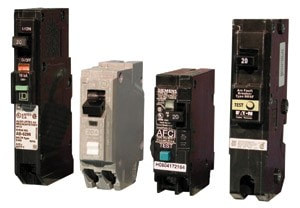
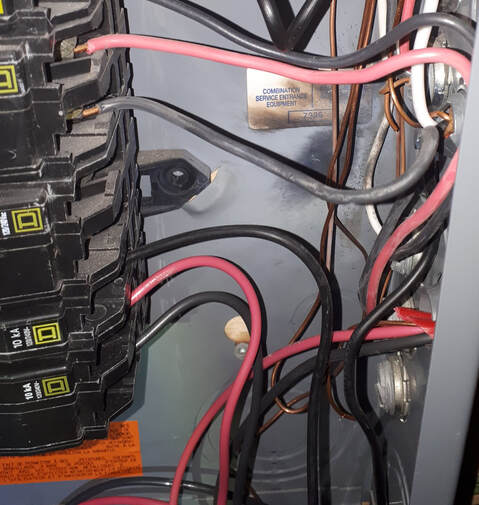
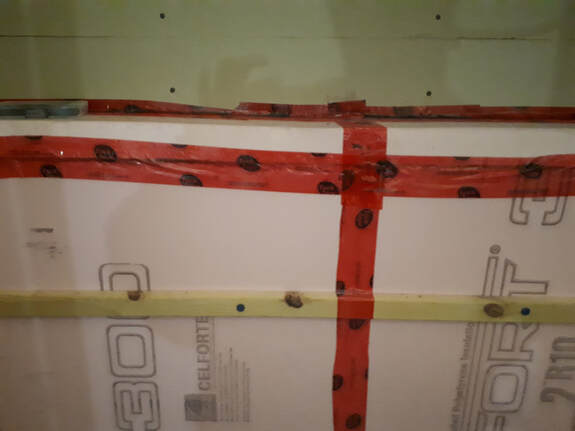
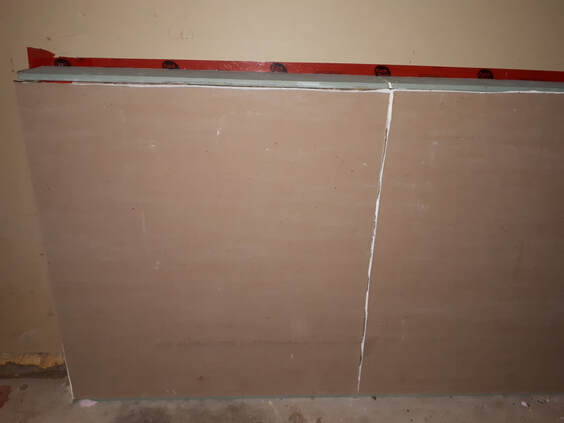
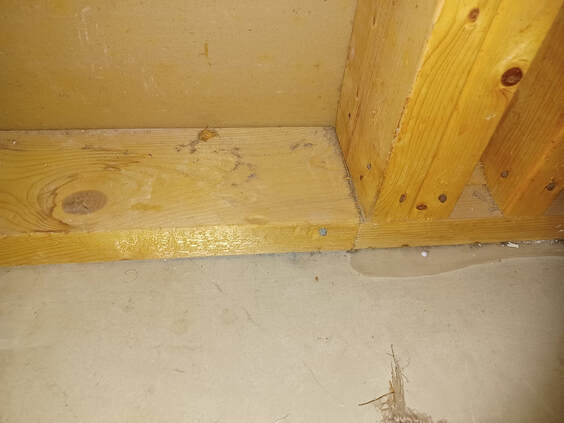
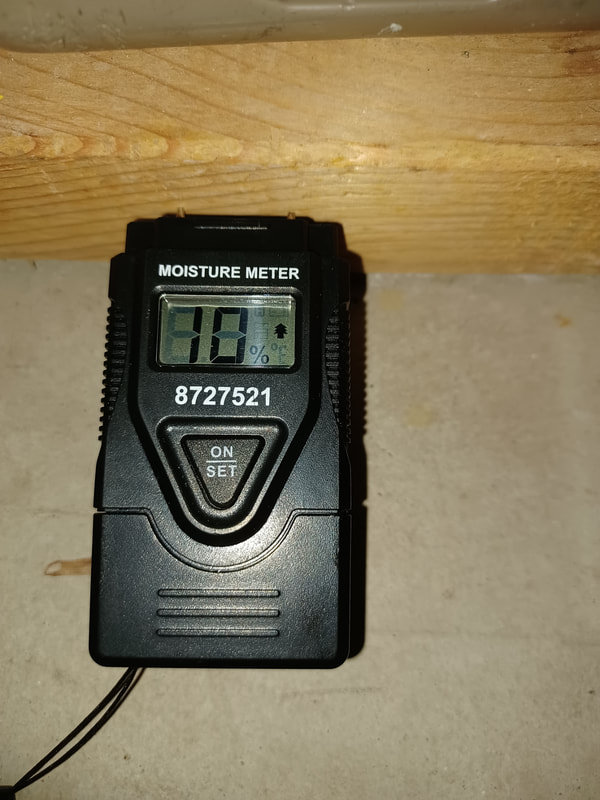
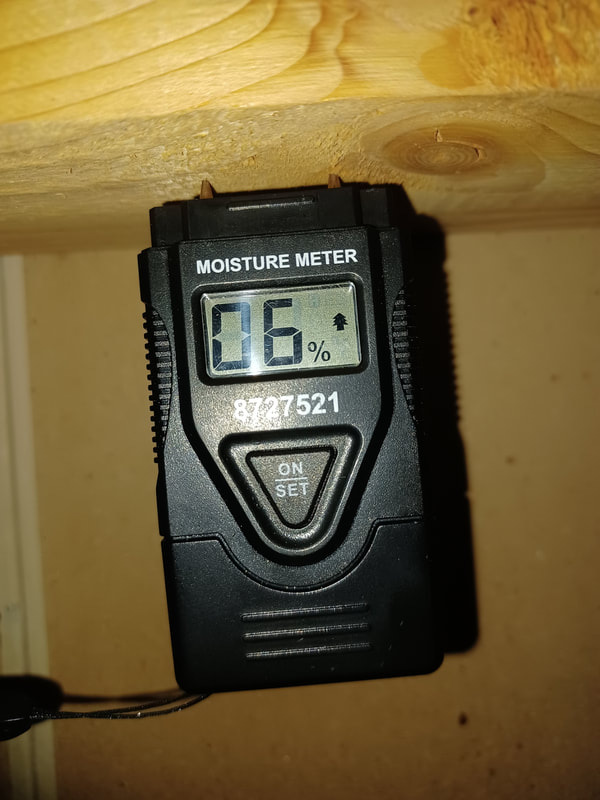
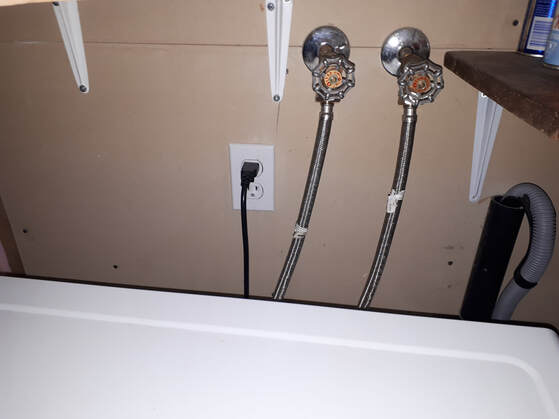
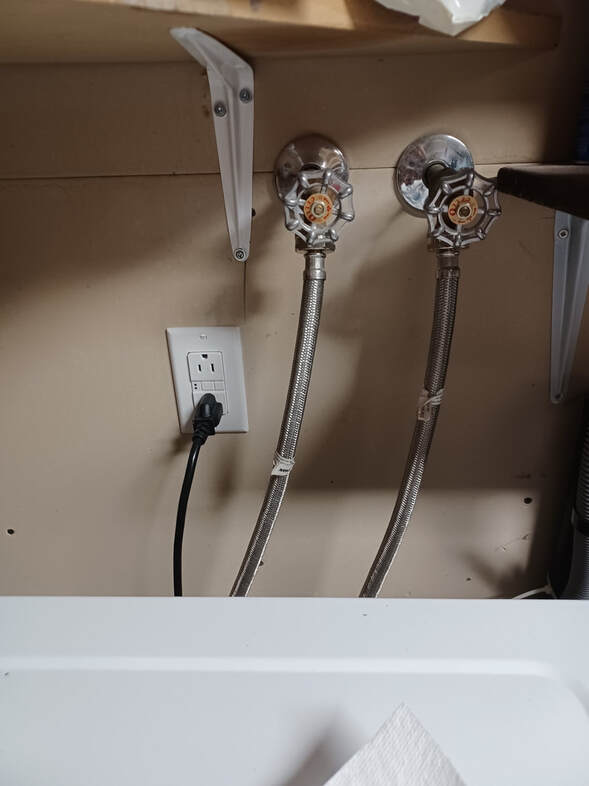
 RSS Feed
RSS Feed

